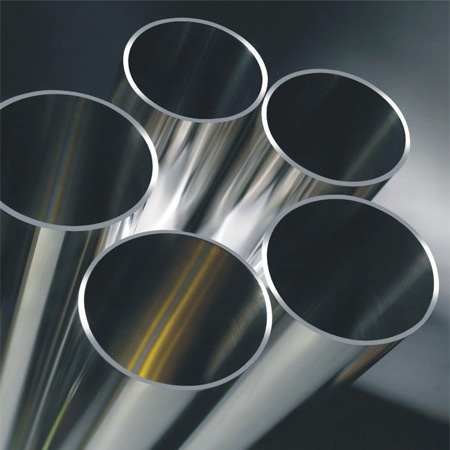The ductile-to-brittle transition temperature is that temperature below which the metal cannot be worked due to its brittleness. Above this temperature the metal becomes ductile.
The transition temperatures of tantalum and niobium are far below room temperature. Therefore both metals are ductile at room temperature and can easily be formed. The transition temperatures of molybdenum and tungsten are higher than room temperature and both metals can be too brittle for working at ambient temperature. However, sometimes even moderate heating may be sufficient for working. Whereas tungsten is reputed to be difficult to machine, molybdenum has machining characteristics similar to those of cast iron.
Tantalum and niobium can be readily machined with high-speed steel tools.
As for fields of applications, different kinds of sintering and heat treatment processes for oxidation-sensitive metals and alloys are the main field of application for high-temperature furnaces. For instance, molybdenum and tungsten are used in sintering furnaces for the refractory metals, in hot isostatic presses, for the production of hardmetal and superalloys, and in vacuum furnaces for the heat treatment of different kinds of steels.
Tungsten and molybdenum manufacturer-Zhengzhou Sanhui Co., Ltd has been dealing in refractory metals for almost 25 years. We have won high reputation and we are reliable.
You are welcome to visit us.



























